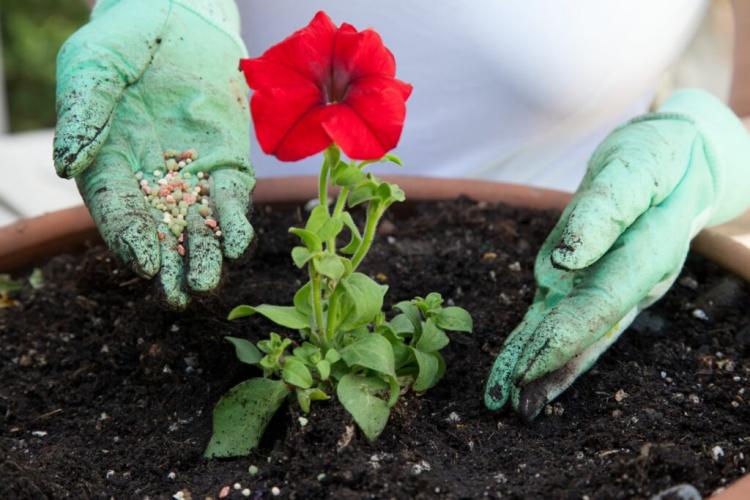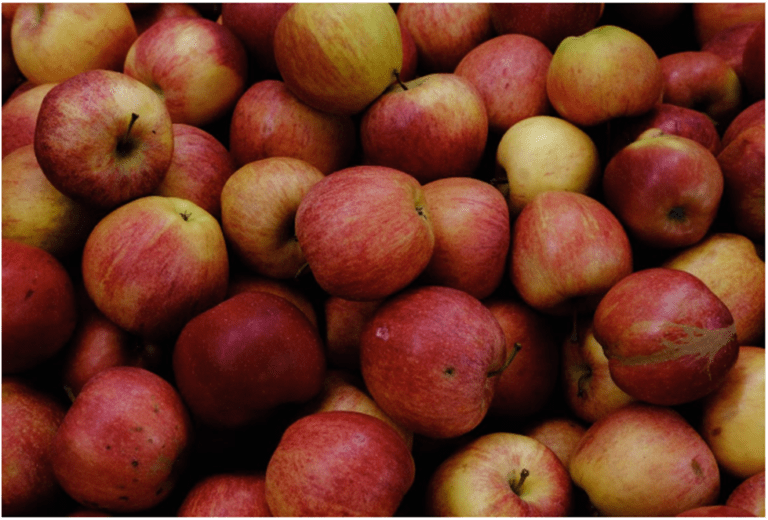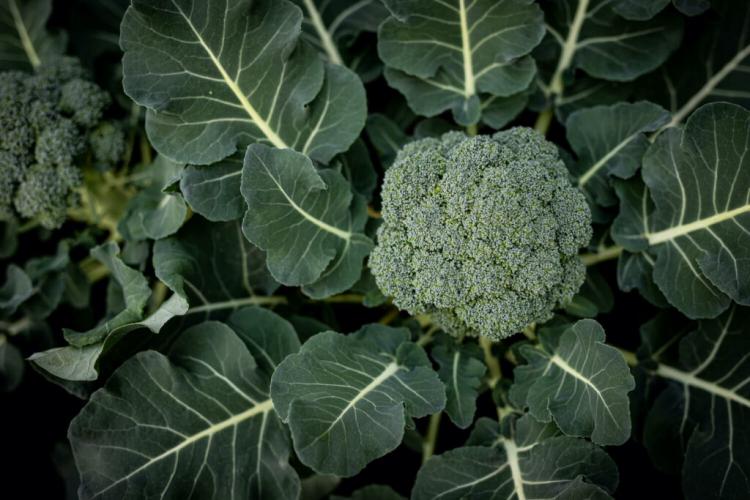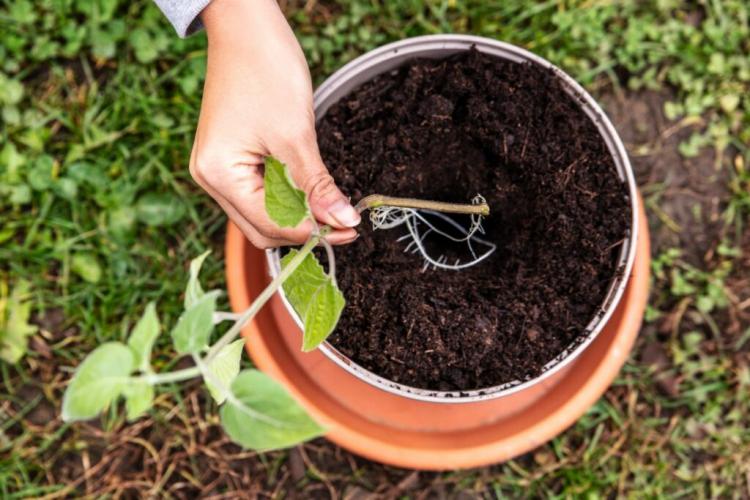Shotgun Disease: Recognizing, Preventing, and Controlling
How to successfully fight shotgun disease. Everything about reliable sprays, natural agents and the prevention of a new infestation.

The typical rust-brown spots can be recognized on this infected peach tree [Photo: Somogyi Laszlo / Shutterstock.com]
Damage and symptoms of shotgun disease
Table of Contents
Shotgun disease can affect stone fruit plants such as cherry laurel, plum and cherry. In the case of cherries in particular, the disease can lead to greater yield losses. Infection is most likely in the spring. Infested leaves initially show small red-brown spots that can reach a size of 3 – 10 mm. In the later course of the disease, the leaf tissue of the spots dries up and falls out, creating the typical “shotgun pattern”. Incidentally, this fact is due to the immune response of the plants. The plant recognizes the disease and forms a protective layer around the infected area. This will limit the spread of the disease to the small visible spots.
In addition to the leaves, shoots and fruits are sometimes attacked, but much less often. Infested fruits can tear open and get black spots. Most of the time, infected fruits rot fairly quickly and form fruit mummies, which will be discussed in more detail later
Shotgun disease causative agent
Shotgun disease is caused by the Stigmina carpophila fungus. Like most mushrooms, this pathogen likes it damp and cool. The fungus overwinters on the shoots and old fruits, as well as fallen leaves. As a rule, the infestation starts in spring, but if it remains dry, then the shotgun disease causes few problems. Fortunately, the fungus can no longer harm fully developed leaves, which is why an infestation is no longer to be expected from June onwards. This fact is due to the so-called age resistance. As with almost all mushrooms, the spores are distributed via spray water and wind.
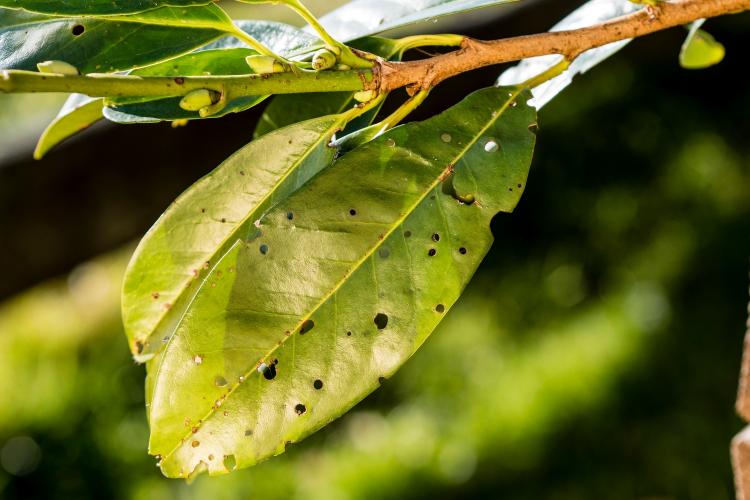
The tissue infected with shotgun disease dries up and falls out [Photo: Floki / Shutterstock.com]
Preventive measures
The best preventive measure is to remove or at least reduce the size of the breeding source of the pathogen. For this, severely affected shoots can be cut back. In particular, the fallen leaves and fruit mummies (which are often still hanging on the tree) must be removed. The fruit mummies in particular can be a dangerous breeding ground for other pathogens and should always be removed from all crops before winter. The infected plant material does not belong on the compost, because from there it can attack your plants again.
Since the shotgun disease breaks out almost exclusively in damp weather, it is important that the treetop can dry off as quickly as possible. Drying can be positively influenced by a sunny and airy location and an open crown cut. Furthermore, treatments with horsetail extract can be carried out, as the plant-strengthening effect leads to better protection against stigmina carpophila .
How to Combat Shotgun Sickness
Shotgun disease should be combated immediately after recognizing the first symptoms, otherwise the fungus can form spores again and infect other parts of the plant. Since fruit trees are often attacked, biological spraying is definitely the better choice. If the weather lasts for a long time and is damp in spring, several sprayings are usually necessary.
Stone fruit is also frequently attacked by Monilia. You can find out more about this disease here.

